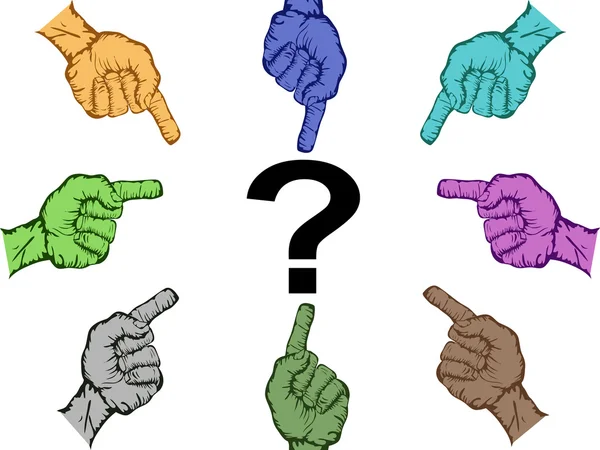| 正面 | 605.point 英 [pɒɪnt]美 [pɔɪnt]     |
|---|---|
| 背面 |      释义: 1. oo--长得好象一对大眼睛如:look--看.2. 一(l)双大大的眼睛(oo)盯着看(k) ==> look.n. 要点;得分;标点;[机] 尖端vt. 指向;弄尖;加标点于vi. 表明;指向n. (Point)人名;(法)普安 例句: 1. The turning point in the process of growing up is when you discover the core of strength within you that survives all hurt.当你从内心深处找到一种可以忍受一切痛苦的坚强力量时,你的成长历程就会出现飞跃。 point 点,论点,观点,目标,指向,用灰泥抹砖缝来自古法语point,点,刺点,斑点,勾缝,来自拉丁语punctum,刺点,来自拉丁语pungere,刺,-ct,过去分词格,来自PIE*peug,刺,词源同pugnacious,puncture.并引申诸相关词义。 pointpoint: [13] ‘Sharp end’ is the etymological notion underlying point. For it comes ultimately from Latin pungere ‘prick, pierce’ (source also of English expunge, poignant and pungent). The neuter form of its past participle, punctum, was used as a noun, meaning ‘small hole made by pricking, dot, particle, etc’ (it is the source of English punctual, punctuation, etc), which passed into Old French as point.Then in the post-classical period a further noun was created, from the feminine past participle puncta, meaning ‘sharp tip’, and this gave Old French pointe. The two have remained separate in French, but in English they have coalesced in point. The Spanish descendant of Latin punctum, punta, has given English punt ‘bet’.=> compunction, expunge, poignant, punctual, punctuation, puntpoint (n.)c. 1200, "minute amount, single item in a whole; sharp end of a sword, etc.," a merger of two words, both ultimately from Latin pungere "prick, pierce, puncture" (see pungent). The Latin neuter past participle punctum was used as a noun, meaning "small hole made by pricking," subsequently extended to anything that looked like one, hence, "dot, particle," etc. This yielded Old French point "dot; smallest amount," which was borrowed in Middle English by c. 1300. Meanwhile the Latin fem. past participle of pungere was puncta, which was used in Medieval Latin to mean "sharp tip," and became Old French pointe "point of a weapon, vanguard of an army," which also passed into English, early 14c. The senses have merged in English, but remain distinct in French. Extended senses are from the notion of "minute, single, or separate items in an extended whole." Meaning "small mark, dot" in English is mid-14c. Meaning "distinguishing feature" is recorded from late 15c. Meaning "a unit of score in a game" is first recorded 1746. As a typeface unit (in Britain and U.S., one twelfth of a pica), it went into use in U.S. 1883. As a measure of weight for precious stones (one one-hundredth of a carat) it is recorded from 1931. The point "the matter being discussed" is attested from late 14c.; meaning "sense, purpose, advantage" (usually in the negative, as in what's the point?) is first recorded 1903. Point of honor (1610s) translates French point d'honneur. Point of no return (1941) is originally aviators' term for the point in a flight "before which any engine failure requires an immediate turn around and return to the point of departure, and beyond which such return is no longer practical."point (v.)late 14c., "indicate with the finger;" c. 1400, "wound by stabbing; make pauses in reading a text; seal or fill openings or joints or between tiles," partly from Old French pointoier "to prick, stab, jab, mark," and also from point (n.). Mid-15c. as "to stitch, mend." From late 15c. as "stitch, mend;" also "furnish (a garment) with tags or laces for fastening;" from late 15c. as "aim (something)." Related: Pointed; pointing. To point up "emphasize" is from 1934; to point out is from 1570s." |